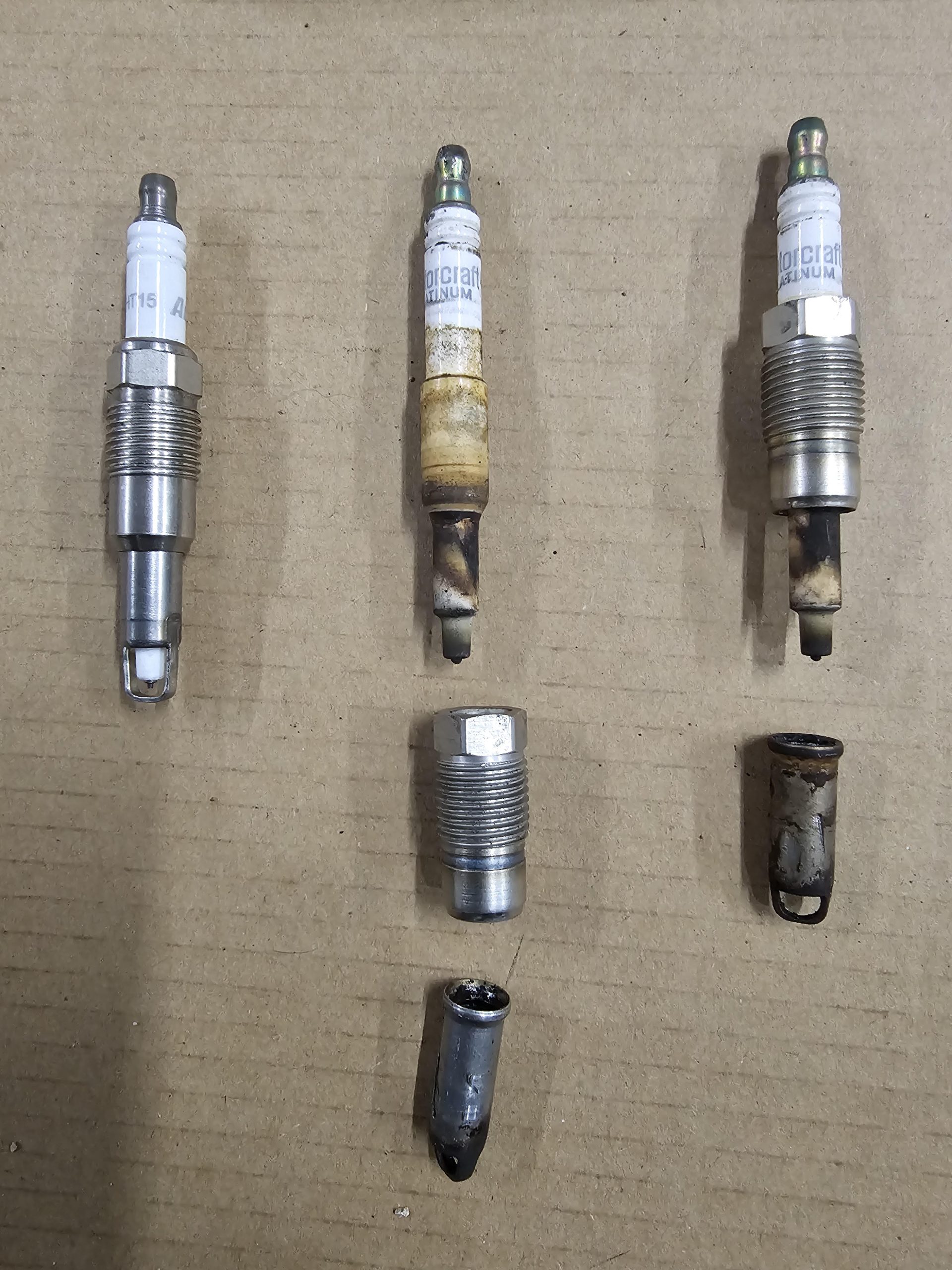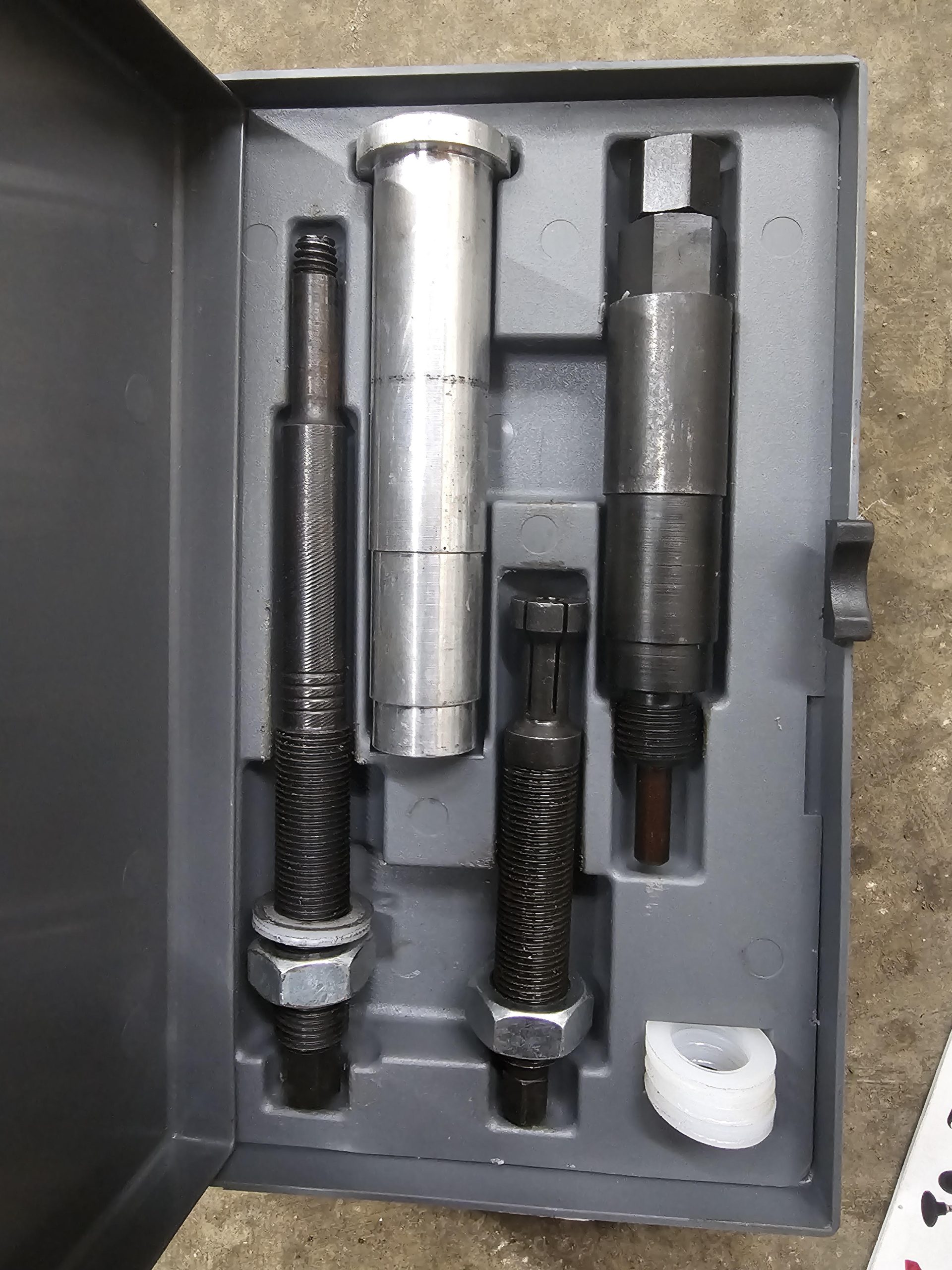If you own a motorhome built between 1997 through 2014, there is a good chance it is built on a Ford chassis. Roughly 63 percent of Class A chassis and 72 percent of Class C chassis motorhomes are built on a Ford platform. Almost all of those chassis use a “triton” engine. Why is that important? So you, as a motorhome owner or potential buyer knows what to look for and possibly take preventative measures to prevent catastrophic failure.
The first generation 5.4L was built between 1997 to 2004. It has 2 valves per cylinder and is a decent powerplant with two major faults. The first is timing chain stretch and the second is the sparkplugs blowing out of the cylinder head.
The timing chain is driven by the crankshaft to each camshaft at the top of the engine. It synchronizes the the camshaft to the crankshaft ensuring the valves open and close at the proper time. As the chain stretches, it changes the timing of those components reducing fuel efficiency, engine power, and can possibly cause the pistons to hit the valves. The reason the chain stretches prematurely is because each chain is so long, that even minimal wear on each link equates to greater total clearances. Additionally, the timing chain tensioners tend to wear faster due to the materials used.
The spark plug issue can be fixed relatively easily if you are mechanically inclined and take your time. If you repair the sparkplug hole as per the manual, you must remove the head to be repaired and fix it off vehicle. Remember, if you take a aluminum head off it is in your best interest to go have it surfaced before reinstalling. I have found an easier way to do this without removing the head. I bought the Helicoil 5334-14 Save-A-thread repair kit https://amzn.to/3UXg6xB and have repaired numerous 5.4L engines this way.
The second generation 5.4L was produced between 2004 to 2014 and has 3 valves per cylinder This engine has a few problems also, including inadequate oiling mostly due the build up of sludge clogging oil passages. The best thing you can do to prevent this is proper maintenance by changing your oil more often than the manufacturer recommends and use a quality oil and filter. This engine also has the same problem with timing chain stretch and tensioner wear. The manufacturer says you can drive 100,000 miles before changing the spark plugs also. For your own sake, DO NOT wait that long. The spark plugs were a “new style” extended electrode type plug that have an long electrode and metal spark tip that sticks through the cylinder head. Over time, carbon builds up and can cause the spark plug to stick in the cylinder head and break off leaving the lower half stuck in the head.

According to the repair manual, you should always start with a cold engine. Remove coils, blow air around the spark plug to remove any potential debris, and then turn the spark plug one quarter turn and spray a carburetor cleaner solution in around the plug and let it sit for at least 15 minutes or longer. After soaking, slowly try to remove plugs. Chances are you will break at least one off. I bought the Lisle 65700https://amzn.to/4a0y2M9 tool to remove the broken ones.

Bottom line is, Ford Triton engines are a decent power plant, you just need to be aware of the potential problems and perform your preventative maintenance on or preferably before the manufacturer recommends.
